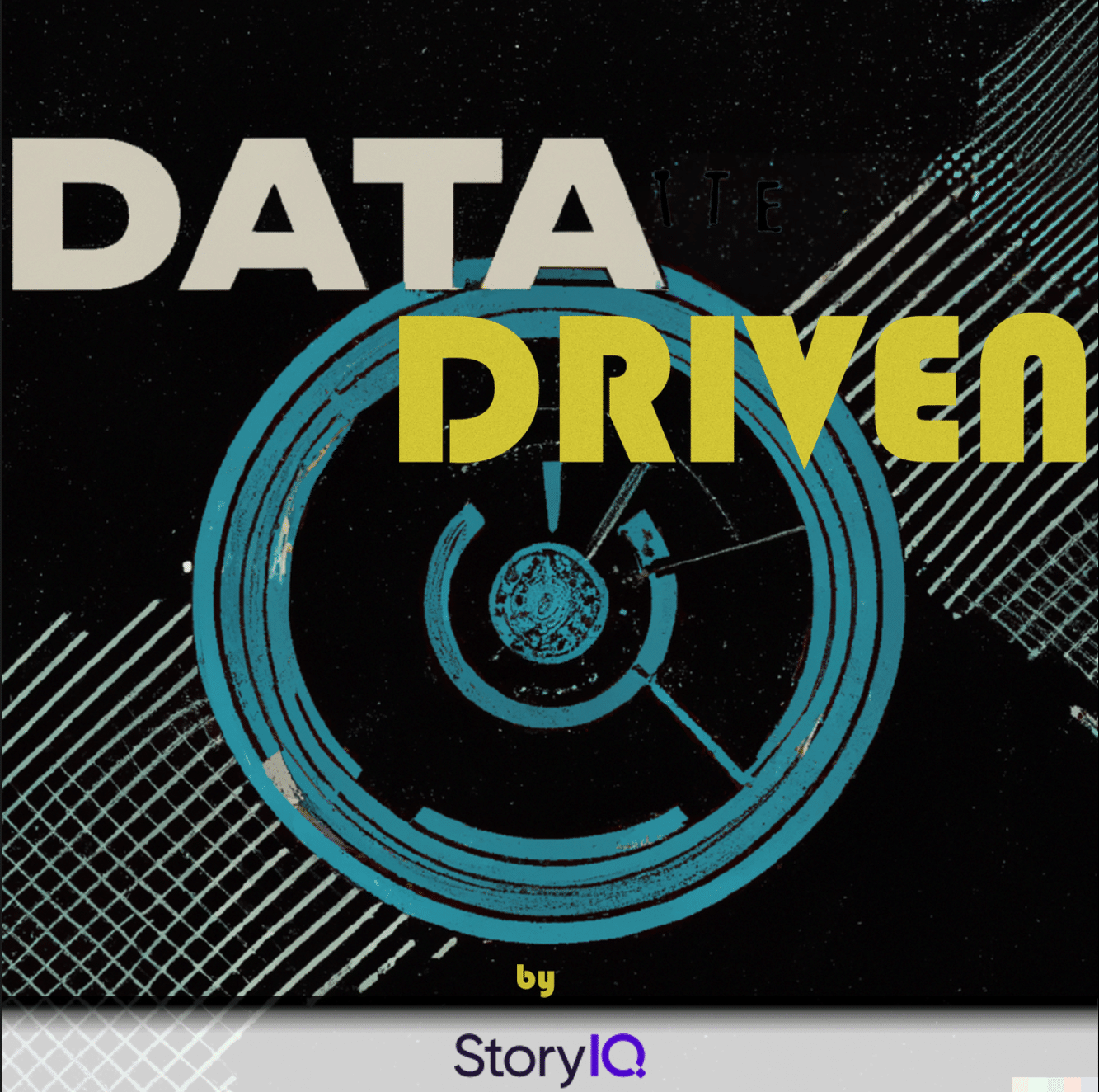How to construct a Data Identity moat — John Velcamp // Capgemini
John Velcamp
Capgemini

- Part 1 How to construct a Data Identity moat — John Velcamp // Capgemini
- Part 2How brands should build a marketing data strategy — John Velcamp // Capgemini
Show Notes
-
01:44Johns background and role as Identity and Data Strategy Lead at CapgeminiJohn spent a significant part of his career at Axiom, focused on data management and identity solutions. At Capgemini, he leverages this expertise to help organizations understand their data sources and turn data into a strategic advantage for their brand.
-
02:23The concept of a data identity moat and its relevance todayAs the adtech and martech landscape evolves, a data identity moat means achieving self-sufficiency with your data to maintain control amidst ecosystem changes. Ultimately, it safeguards your brand's data from potential impacts of the evolving ecosystem.
-
03:35The compatibility of a data identity moat with data management outsourcingBuilding a data identity moat is compatible with outsourcing data management. It's about the brand's control, which can be extended to partners and service providers to bolster your data against the ecosystem.
-
04:10Safeguarding privacy and compliance with a data identity moatThe data identity moat safeguards against privacy and compliance risks in the context of evolving legislation like GDPR and domestic privacy policies. Its core purpose is to prevent incidents that could lead to negative publicity or legal consequences, ensuring responsible data handling.
-
05:05Balancing data protection and quality with a data identity moatThe concept of a data identity moat serves a dual purpose. It involves protecting data from leaking out, especially when sharing personally identifiable information, and also ensuring the quality and relevance of incoming data to maintain efficiency in data analysis and utilization.
-
07:10The significance of evaluating the quality and the sources of the data you buyIntent data can be misleading if not carefully assessed for quality, relevance, and source. Evaluating data sources, relevancy, and distinguishing between modeled and actual data is crucial to avoid wasting resources on irrelevant or poorly sourced datasets.
-
09:33Establishing data moats for informed data ingestion and decision makingA data moat simplifies data ingestion decisions by prioritizing performance-based assessments over sources and attributes. Evaluating whether a dataset improves outcomes is crucial, and advanced tools like generative AI can aid in this process to ensure data's relevance to the right audience.
-
11:28The changing landscape of customer dataThe cost of finding new customers is increasing due to diminishing data availability in the face of GDPR, changes by Apple, etc. Rising customer expectations for personalized experiences make it crucial to rebuild customer identification methods in the evolving ecosystem.
-
15:27Navigating data protection and utilization in the modern landscapeIt's crucial to create a moat around both first-party and expanded data ecosystems formed through strategic third-party partnerships. Ethical data practices, smart utilization, and customer trust, enhance data's value and your ability to serve customers effectively.
-
19:50Leveraging cleanrooms for safe data collaborationsCapgemini helps clients establish data cleanrooms, even within the same brand, when business silos have differing privacy policies or permissions. Alternative on-premise data joining solutions like InfoSum, provide secure, encrypted data integration without the need to transfer data externally.
-
21:34Data protection in cleanroom environmentsWhen data leaves the cleanroom environment, it's not the raw data but a securely encoded representation of it, providing protection against interception. Solutions vary from on-premise software installations to cloud-based options, providing flexibility to suit different security and compliance needs.
-
22:48Cleanroom solutions for brand collaborationsData collaboration scenarios range from partnerships where brands share customer lists to asymmetrical collaborations between large retailers and other companies. Tools like LiveRamp enable secure, anonymous data access in aggregate and integration with platforms like Google.
-
24:49Assessing customer needs for CDPs and data cleanroomsClients approach Capgemini with diverse requirements related to CDPs. They analyze their identity management, customer journey objectives, and data integration needs to determine if a cleanroom solution suits their goals, offering tailored solutions through platform combination.
-
28:00Choosing the right tools and solutions for enhanced effectivenessCapgeminis role is to help clients choose the right tools and solutions tailored to their specific needs. They focus on enhancing what's already in place and building for the future, ensuring efficient, effective outcomes without unnecessary overhaul.
Quotes
-
"In today's evolving adtech and martech landscape, you have to take control of your data. To do that, you need to create your own self-sufficiency with your data as much as you possibly can as this ecosystem changes." - John Velcamp
-
"With GDPR and the undulating landscape of domestic privacy policies, now more than ever, you have to assume and take the most draconian or conservative view of what you can do with data you have." - John Velcamp
-
"Data ecosystems are drawing down on sharing data, making it more expensive to find new customers. Now more than ever, if you don't know who you're talking to, it's critical to start rebuilding that understanding." - John Velcamp
-
"To maintain a healthy CRM system, use data ethically, gain customer trust, and watch it flourish. Ethical data usage leads to trust, more data, and the power to serve customers better." - John Velcamp
- Part 1 How to construct a Data Identity moat — John Velcamp // Capgemini
- Part 2How brands should build a marketing data strategy — John Velcamp // Capgemini
Up Next:
-
Part 1How to construct a Data Identity moat — John Velcamp // Capgemini
John Velcamp, Identity and Data Strategy Lead at Capgemini, delves into creating a competitive advantage with strategic data identity. With mounting restrictions on data accessibility and privacy regulations, the cost of finding new customers is increasing. To effectively navigate this evolving landscape, companies must prioritize building and maintaining their first-party data, while also exploring quality third-party data partnerships that align with regulatory requirements. Today, John discusses how to construct a data identity moat.
-
Part 2How brands should build a marketing data strategy — John Velcamp // Capgemini
John Velcamp, Identity and Data Strategy Lead at Capgemini, delves into creating a competitive advantage with strategic data identity. As third-party cookies go away, and data privacy restrictions increase, this presents major implications for brands. However, onsite, first-party data is an untapped source of value as it is data owned by brands that respects privacy regulations, and that’s where CDPs become useful. Today, John discusses how brands should build a marketing data strategy.
Play Podcast



